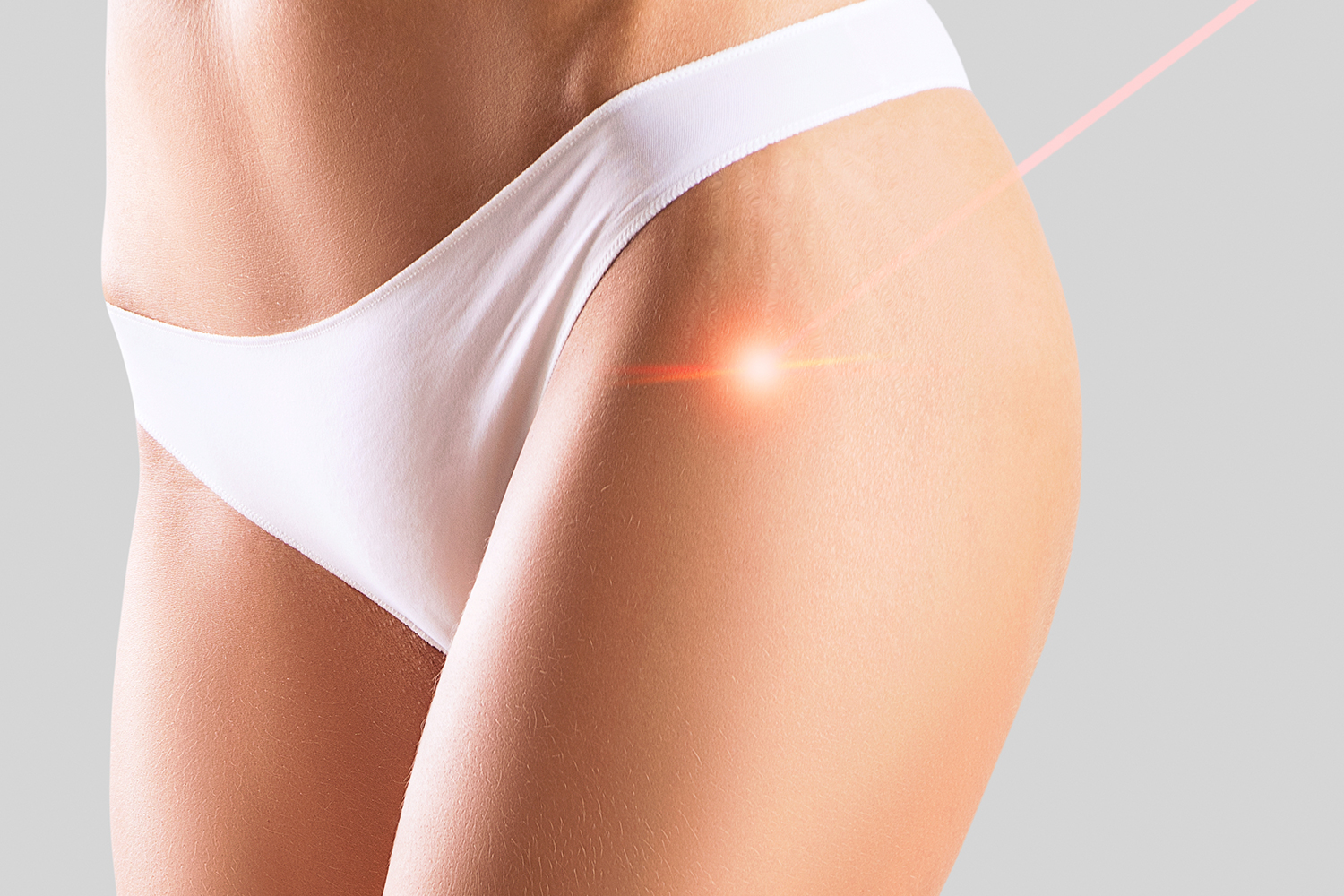Redness of the skin – rosacea
Rosacea or couperose
Rosacea is a chronic skin condition that occurs in waves and affects about 10% of adults. Many people do not know that rosacea is a condition, which can be treated. It is mostly contracted by fair-skinned women between the ages of 30 to 60 years. As a rule, men suffer from rosacea less frequently, but the condition is often more severe.
"A good child has many names" - rosacea is also known as couperose, it has also been called the adult acne. The last claim is misleading - adult acne is a completely separate condition, but it is easy to understand, what causes the confusion: both rosacea and acne involve ruddy nodules and pustules on the face. However, unlike acne, there are no comedones in case of rosacea.
Rosacea should also be distinguished from steroid rosacea, perioral dermatitis, seborrheic dermatitis, contact dermatitis and other skin conditions - if you suspect the condition, make sure to contact a dermatologist and not attempt to diagnose the rash yourself.
Causes of rosacea:
The exact cause of rosacea or couperose is not known, it has been associated with both the microbe Helicobacter pylori in the stomach lining and the skin mite Demodex folliculorum. One of the factors, which is considered to cause exacerbation, is solar radiation (damage of blood vessels in the skin and skin inflammation on account of UV radiation). Also, heredity definitely plays a role.
Stages of rosacea:
Symptoms of couperose and the stages of the condition vary both individually and over time. Rosacea localizes mostly on the cheeks, nose, chin and forehead; the rash occurs significantly less elsewhere on the skin.
The condition usually starts with the so-called pre-rosacea stage with suddenly flushed skin and bouts of redness, provoked by cold, wind, sunlight, heat, alcohol, spicy or hot food, alcohol, emotions, etc.
The vascular stage involves enlarged blood vessels, more pronounced redness and some swelling. The skin may be sensitive, with a burning, itching or stinging sensation, especially when using make-up or cream. The skin may be dry and flaky.
The inflammatory stage is characterized by inflammatory nodules and purulent pimples - facial redness becomes more intense and persistent. It may also entail eye damage (inflammation of the eyelids, conjunctiva or iris). It may feel that there is something in the eye. This type of rosacea definitely requires systemic treatment.
In the late stage of rosacea, the damages increase and spread, sebaceous glands become bigger and thicker, pores expand. Nodules, which resemble cobblestones, appear in the skin, the skin looks swollen. These kinds of changes mostly occur in men, appearing on the nose (rhinophyma), sometimes also on the ears, chin or cheeks.
What can you do to avoid rosacea flare-ups?
- The treatment of rosacea begins with basic skincare. Try to avoid factors, which aggravate the condition and cause facial redness (excessive heat, cold, wind, alcohol, caffeine, chemical irritants, etc.).
- Avoid overheating. Avoid taking hot baths and showers. During physical exertion try to stay in cool surroundings.
- Never use topical steroids for rosacea – these can aggravate the condition, especially with long-term use.
- Avoid excessive force in rubbing and massaging the face.
- Protect your face from hairsprays.
- Protect yourself from the sun. Use high-factor and broad-spectrum (UVA+UVB) sunscreens (SPF 30 and higher), wear a wide-brimmed hat and protective clothing.








